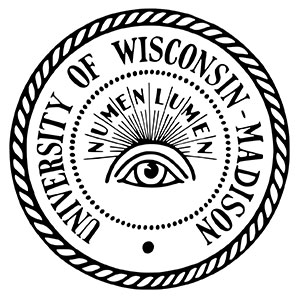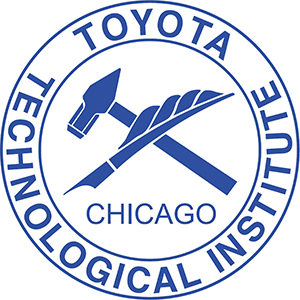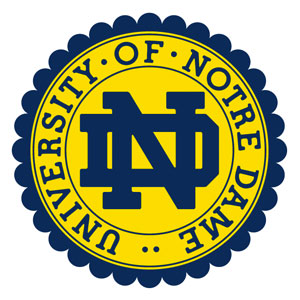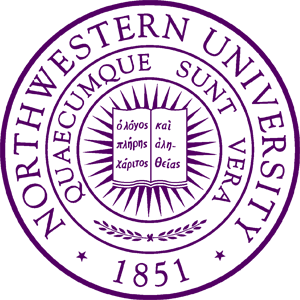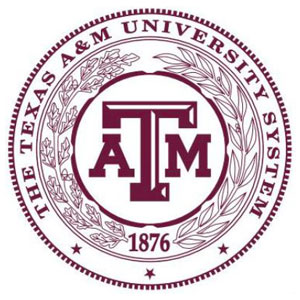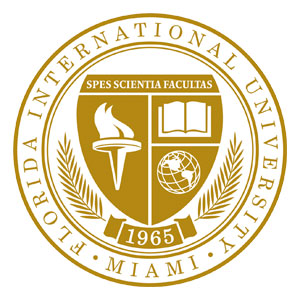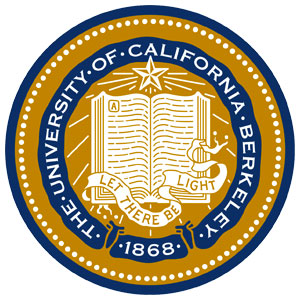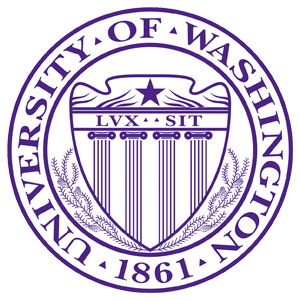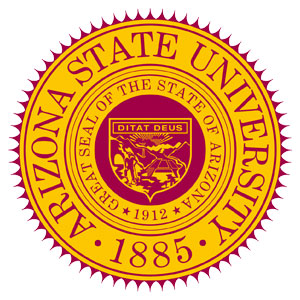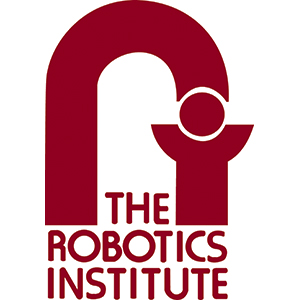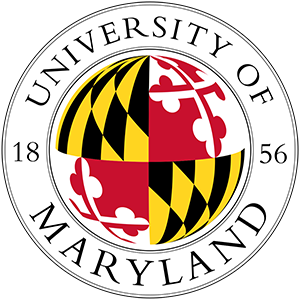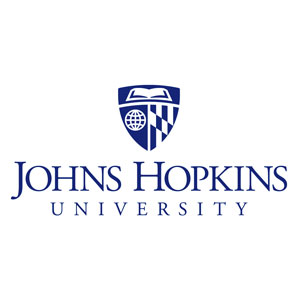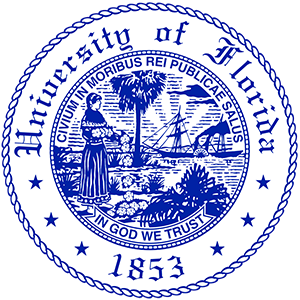Join An Elite Network
AFRL connects you with the right network of prestigious researchers in academia, industry and government from around the world. We recognize science cannot be done alone—it is a global endeavor. Click here for inquiries.
Solve Tough Problems
AFRL is uniquely positioned to take high levels of technical and relevance risk, providing interesting and challenging problems for researchers to solve in areas including Hypersonics, Autonomy, Directed Energy, Biophysics, Quantum, Cyber, Space Situational Awareness and many more.
Shape Your Field
In partnership with AFRL, you will influence the direction of research in your field while contributing to our national defense. By working closely with Program Managers and leveraging grant opportunities, you will help us advance the peacekeeping and warfighting mission of the U.S. Air Force.
Map Your Career
Throughout the span of your career, partnerships with AFRL will enhance your scientific endeavors with funding awards for every stage of your research. From early career awards ($450K in funding!) to high-risk traditional grants AFRL sets the trajectory for a meaningful scientific career.










